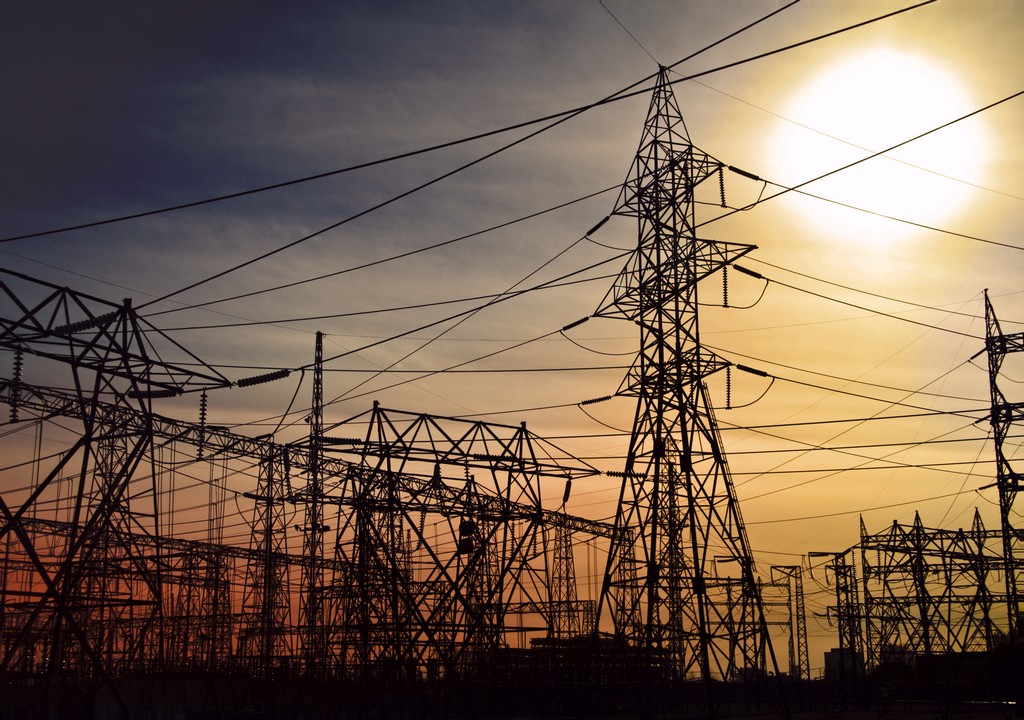PH Faces Power Crunch as Heat Drives Demand and Supply Falters
- April 3, 2025
- 0

The power system faced a precarious balancing act in March as scorching temperatures pushed electricity demand to new heights while unexpected supply setbacks tightened the grid’s margins. The result was a dramatic surge in market prices and a rare Yellow Alert, signaling a system stretched to its limits.
The Independent Electricity Market Operator of the Philippines (IEMOP) reported that the system-wide average supply dropped to 19,611 MW in March, a 4.4% decline—
IEMOP data also shows that demand spiked to 13,670 MW, up 5.9% (767 MW) from February’s 12,904 MW, fueled by extreme heat that gripped the country in early March. The combination shrank the supply margin to just 3,957 MW, a steep 1,768 MW drop from February’s 5,725 MW.
This grid squeeze didn’t go unnoticed in the market. IEMOP reports that electricity prices soared to an average of 5.34 PHP/kWh, nearly double February’s 2.73 PHP/kWh, as supply struggled to keep pace with demand. For perspective, the secondary price cap—a mechanism to curb runaway costs—was triggered 6.39% of the time, particularly during the first week of March when prices refused to relent.
The strain peaked on March 5, when the Luzon Grid issued a Yellow Alert for two critical hours—1800H to 1900H—indicating that reserves had dipped dangerously low, per IEMOP’s monitoring. While the alert didn’t escalate to a full blackout, it underscored a growing vulnerability as the country heads into the hotter months.
What makes this development intriguing is the timing. March is typically a prelude to the Philippines’ peak summer demand, yet the system is already showing signs of distress.
As the country braces for April’s heat, the spotlight is on whether power operators can restore stability or if consumers will face steeper bills and tighter conditions ahead. With supply disruptions and heatwaves converging, is this a one-off stumble, or a preview of a more challenging energ
Follow Power Philippines on Facebook and LinkedIn for more updates.